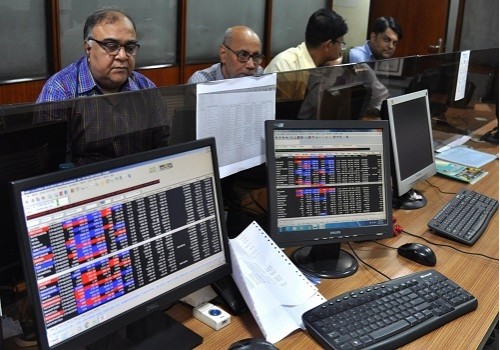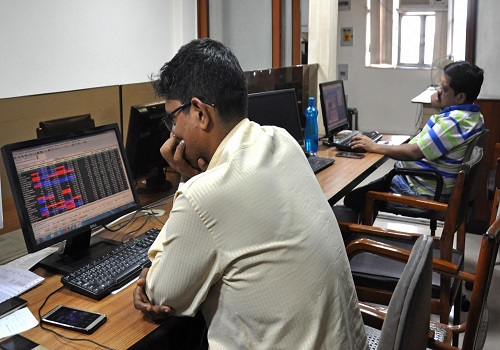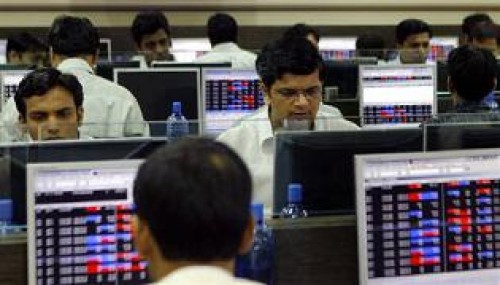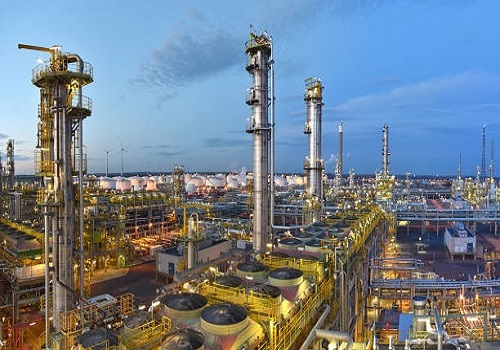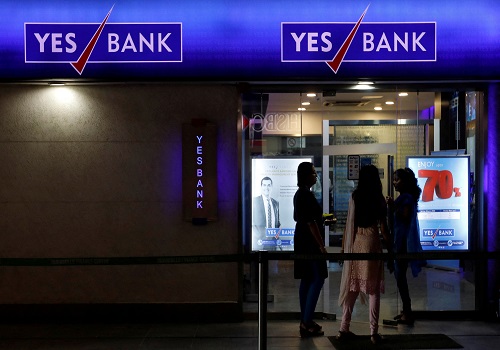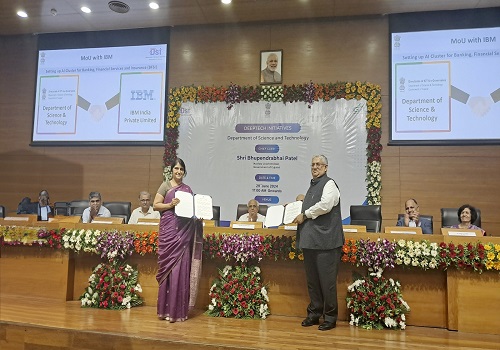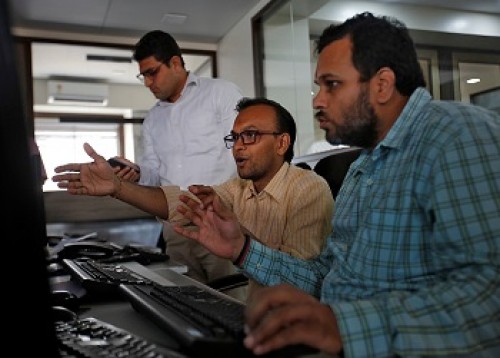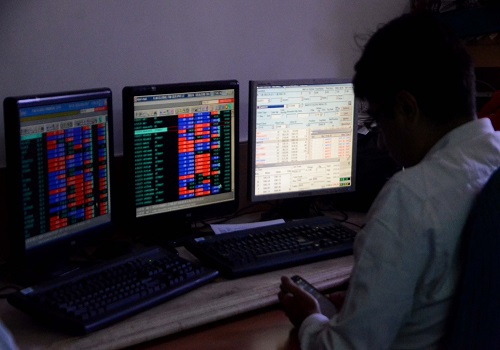Benchmarks end marginally lower on Friday
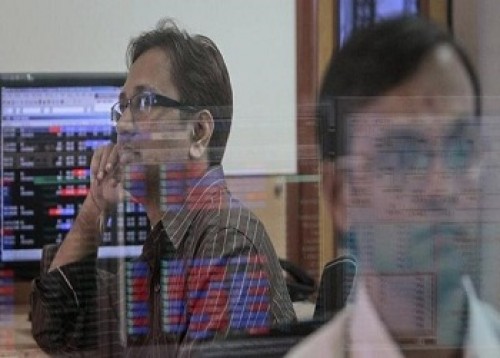
Follow us Now on Telegram ! Get daily 10 - 12 important updates on Business, Finance and Investment. Join our Telegram Channel
https://t.me/InvestmentGuruIndiacom
Download Telegram App before Joining the Channel
Indian equity benchmarks continued volatile streak for a third straight day and ended marginally lower on Friday as investors assessed developments around the Ukraine crisis and US Federal Reserve's policy tightening. Markets made weak start, as traders remained cautious with Crisil Ratings’ report stated that since the introduction of new asset quality norms last November that brought in shadow banks and housing financiers on par with banks, housing finance companies' gross bad loans have gone up by 70 basis points (bps) even as their portfolio quality has improved. However, key indices trimmed losses and were trading in green in afternoon deals, as traders found some solace with rating agency Icra stating that the government's ambitious production-linked incentive (PLI) scheme will look to unlock manufacturing capacity as well as support in attracting about Rs 4 lakh crore of capital expenditure over the next five years. Some support also came as Finance Minister Nirmala Sitharaman has urged multilateral financial institutions to increase funding especially to low and middle income countries to prepare them to deal with pandemic situations in the future. She said that low income and middle income countries do not have enough resources and need global support to face challenges. But, key gauges failed to hold gains and ended lower as some pessimism remained among trader with SBI's research report- Ecowrap stated that country's gross domestic product (GDP) is likely to grow at 5.8 per cent in the third quarter of fiscal 2022. It stated ‘As per SBI Nowcasting Model, the forecasted GDP growth for Q3 FY22 would be 5.8%, with a downward bias. The full year (FY22) GDP growth is now revised downwards to 8.8% from our earlier estimate of 9.3%.’
On the global front, Asian markets ended mostly lower on Friday following the broadly negative cues from Wall Street, amid renewed geopolitical concerns, as the Biden administration has reverted to describing a Russian invasion of Ukraine as 'imminent.' U.S. President Joe Biden said there was every indication Russia planned to invade Ukraine in the next few days and was preparing a pretext to justify it. European markets were trading mostly in green after UK retail sales recovered at a faster than expected pace in January. Retail sales volume grew 1.9 percent month-on-month, in contrast to the revised 4 percent decline in December. This was also faster than the expected growth of 1.0 percent. Back home, on the sectoral front, power industry’s stocks were in action as the Ministry of Power notified green hydrogen policy, which will help in meeting the target of production of 5 million tonnes of Green hydrogen by 2030 and the related development of renewable energy capacity. Stocks related to gems, jewellery industry also were in watch as Commerce and Industry Minister Piyush Goyal stated that the country needs a self-reliant gem and jewellery sector and the government has made it a focus area to help boost both domestic as well as export growth.
Finally, the BSE Sensex fell 59.04 points or 0.10% to 57,832.97 and the CNX Nifty was down by 28.30 points or 0.16% to 17,276.30.
The BSE Sensex touched high and low of 58,175.35 and 57,488.39, respectively. There were 13 stocks advancing against 17 stocks declining on the index.
The broader indices ended in red; the BSE Mid cap index fell 0.80%, while Small cap index was down by 0.80%.
The top gaining sectoral indices on the BSE were Capital Goods up by 0.39%, Bankex up by 0.28% and Finance up by 0.16%, while Realty down by 1.23%, Oil & Gas down by 1.14%, Basic Materials down by 0.97%, Healthcare down by 0.89% and Energy down by 0.88% were the top losing indices on BSE.
The top gainers on the Sensex were HDFC up by 1.25%, Larsen & Toubro up by 0.66%, Axis Bank up by 0.57%, SBI up by 0.52% and Dr. Reddy's Lab up by 0.44%. On the flip side, Ultratech Cement down by 1.88%, Mahindra & Mahindra down by 1.36%, Infosys down by 1.06%, Reliance Industries down by 0.85% and Bajaj Finance down by 0.74% were the top losers.
Meanwhile, Rating agency Icra has said that the government's ambitious production-linked incentive (PLI) scheme will look to unlock manufacturing capacity as well as support in attracting about Rs 4 lakh crore of capital expenditure over the next five years. With an aim to boost manufacturing, employment generation, import reduction and exports growth, the PLI scheme covers strategically significant sectors that have seen surging demand (solar, semiconductors/electronics, automobiles etc), and are critical to developing manufacturing capabilities (semiconductors, telecom gears, medical devices).
Rohit Ahuja, Head of Research and Outreach, Icra, said ‘Manufacturing capex forms around 20-25 per cent of the total capex in India currently. The PLI scheme, launched with the aim of incentivising manufacturing, is estimated to attract a capex of approximately Rs 4 lakh crore over the next five years.’ It has the potential to generate employment for millions (skilled and unskilled labour) in India. Also, incremental revenues of Rs 35-40 lakh crore are expected over the next five years due to a reduction in net imports. Sectors under which the PLI scheme has been announced currently constitute 40 per cent of the total imports.
Ahuja said ‘The scheme, spread across 14 sectors, can enhance India's annual manufacturing capex by 15 to 20 per cent from FY23. However, potential challenges are expected from execution delays, increasing funding costs, availability of requisite infrastructure and delays in approvals’. Of the total manufacturing outlay, about 80 per cent is concentrated towards electronics, auto, solar panel manufacturing, of which the focus towards semiconductors/electronics value chain is 50 per cent of the outlay. Incentives are based on incremental production/revenue, spread over five years on an average across sectors.
PLI for semiconductor manufacturing is at Rs 76,000 crore, and aims to make India one of the leading manufacturers globally of this critical component. He said ‘Given the fact that India's dependence on semiconductors is expected to increase substantially, this PLI scheme is critical’. He added ‘Globally, India's manufacturing output as a percentage of GDP is comparable with developed economies like the United States, the European Union and developing economies like Russia and Brazil, however, it is way behind China. Massive opportunity emerging for India, as the world looks to diversify away from China and the PLI scheme is a step in the right direction.’
The CNX Nifty traded in a range of 17,380.80 and 17,219.20 and there were 17 stocks advancing against 32 stocks declining, while 1 stock remains unchanged on the index.
The top gainers on Nifty were Coal India up by 2.61%, SBI Life Insurance up by 1.84%, Bajaj Auto up by 1.09%, HDFC up by 1.05% and Larsen & Toubro up by 0.71%. On the flip side, ONGC down by 2.18%, Divi's Lab down by 2.08%, Cipla down by 2.06%, Ultratech Cement down by 2.03% and Mahindra & Mahindra down by 1.42% were the top losers.
European markets were trading mostly in green; UK’s FTSE 100 increased 8.00 points or 0.11% to 7,545.37 and France’s CAC increased 18.94 points or 0.27% to 6,965.76, while Germany’s DAX decreased 17.13 points or 0.11% to 15,250.50.
Most of the Asian markets ended lower on Friday as the risk aversion protruded in the market followed by US warning on an imminent Russian attack on Ukraine. Albeit, Russia accused the West of stoking tensions. However, the selling pressure somehow eased after US secretary of state Antony Blinken agreed to meet with Russian foreign minister Sergei Lavrov next week, raising hopes for a diplomatic solution to the ongoing standoff. Japan’s Nikkei ended lower amid bets of roll back of pandemic-driven stimulus after the country posted slowest inflation rate in January and on receding concerns over geo-political concerns in Ukraine. Though, China’s Shanghai finished higher on anticipations of more monetary stimulus in property sector. Chinese Finance ministry’s affirmation on corporate tax rates trimming, stemming targeted fiscal spending, and tightened fiscal discipline this year as part of efforts to stabilise the macro economy, also boosted the investments in the equity market.
Above views are of the author and not of the website kindly read disclaimer



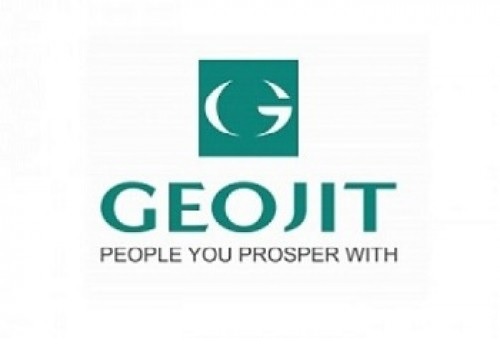
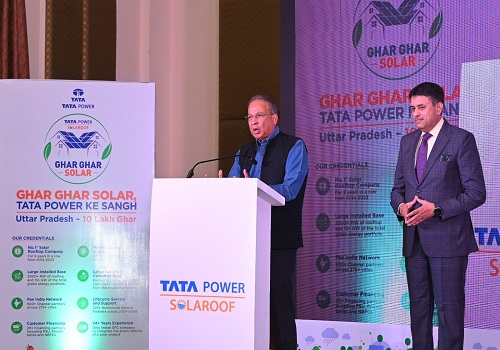


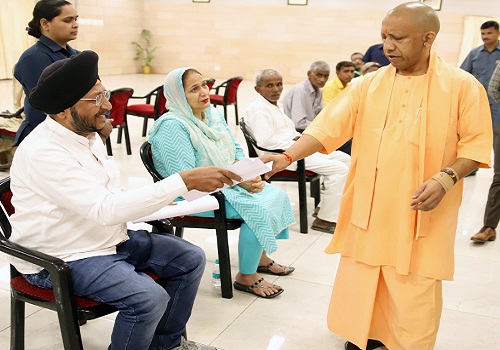


Tag News

Weekly Market Analysis : Markets strengthened recovery and gained nearly 2% in the passing w...
